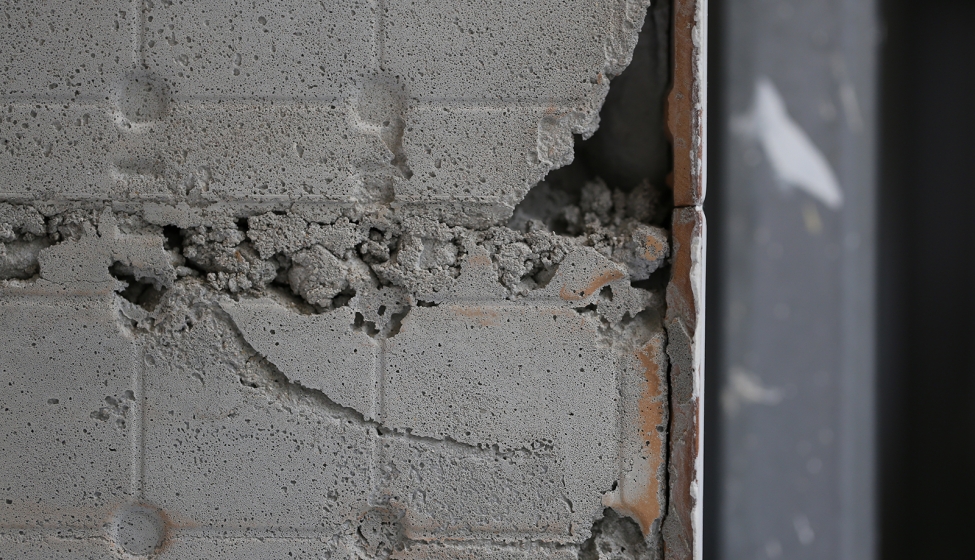January 28, 2021
Structures or components subjected to vibration can experience fatigue, the weakening of a material caused by repeated external forces. Fatigue can initiate and grow cracks until total failure of the structure occurs.
Knowing the fatigue properties of structural materials can be critical when designing aeronautics, medical devices, naval architecture, robotics, automobiles, and utilities for safety and performance.
When a material is considered for use in a dynamic environment, its fatigue properties may need to be determined to avoid premature fatigue crack growth leading to failure. While many materials are well characterized and their fatigue properties are widely published (for examples, see ASM Handbook, Volume 19: Fatigue and Fracture), there is still a need for independent fatigue testing for new alloys, coatings, and processing treatments; for some materials originally used in military or aerospace applications that have only recently become available for commercial use; and for modern materials that include classes of composites or 3D-printed materials that may not have the same properties in every direction.
Historically, designers have performed standard fatigue testing to understand what happens when a structure is subjected to cyclic loads. Fatigue investigations following standardized test protocols can accurately measure a material's fatigue properties but can be time-consuming and costly.
In contrast, studies show that fretting tests — tests that involve friction between two contacting pieces subjected to small oscillations compared to the contact width — can extract fatigue property data in a fraction of the time and at a fraction of the cost.
Fretting tests can offer manufacturers across industries a low-risk way to design for fatigue and bring new products to market both quickly and safely.
Benefits of Extracting Fatigue Data from Fretting Tests
Fretting can occur when two surfaces in contact are subjected to vibrations that lead to microscopic sliding between the surfaces. In contrast to standard fatigue tests that may require thousands of load cycles to initiate a single crack, a fretting crack can initiate at the contact area after a smaller number of cycles. This can drastically accelerate the time to crack initiation and shorten testing time. Because fretting cracks initiate from a known location, designers can often more easily follow and understand a fretting crack's growth.
Whereas standard fatigue tests can take months, fretting tests can allow designers to extract valuable fatigue data, including long crack stress intensity factor thresholds, in days. Fretting samples can also require only one-tenth of the volume of material that standard fatigue samples require, typically 1 cm3 versus 10 cm3.
One case where fretting tests could expedite time to market with fewer failures is 300M steel. Currently, only limited public data are available for this material, despite its being used for military applications. In this case, use of 300M for commercial aircraft landing gears resulted in unpredictable subsurface crack initiations and indicated a critical need for fatigue testing.
Using fast and cost-efficient fretting tests to identify fatigue behavior as an alternative to time-consuming long-fatigue crack growth investigations can be an effective way to quickly analyze and understand a material's fatigue endurance.
Addressing Common Misconceptions
Because fretting tests are still gaining traction in the U.S., some designers understandably have misconceptions about their use. A common one is the belief that fretting tests are difficult to control. It is true that wear damage from fretting tests is difficult to model because of the unpredictability of the debris created. However, fretting tests performed for the purpose of assessing fatigue can be well controlled in laboratory settings.
While ASTM International standards are not yet in place for this emerging technology, manufacturers who wish to test the concept before committing can rapidly implement fretting tests alongside standard fatigue tests. This can allow them to quickly understand fatigue material properties while comparing the results of the two test methods. The low cost and portability of fretting test equipment makes this dual approach to testing both easy and low risk.
Considering fretting tests in place of or adjacent to fatigue tests can allow designers and manufacturers to get ahead of the curve and characterize materials used to ensure product or structure reliability and robustness.
How Exponent Can Help
Exponent's multi-disciplinary team of mechanical engineers, metallurgists, and signal processing scientists has expertise in fatigue testing, fretting testing, and the mechanical design properties of structural materials. We can help designers across industries evaluate and perform fretting tests as a rapid method for extracting key mechanical design properties and understanding material behavior. Appropriate testing can prevent undesirable cracking and failures, and Exponent can help you understand how test data can be analyzed to provide insights into the fatigue limits of your product.
